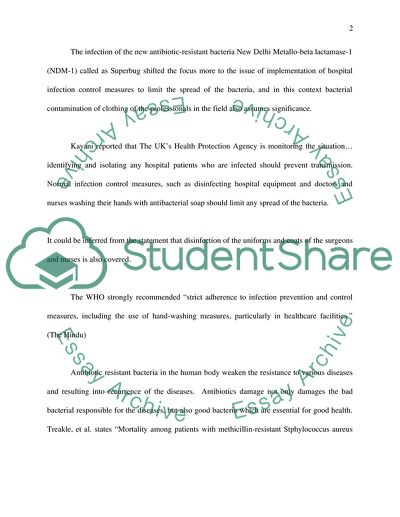Cite this document
(Bacterial Contamination of Health Care Workers White Coats, Uniforms Research Paper, n.d.)
Bacterial Contamination of Health Care Workers White Coats, Uniforms Research Paper. Retrieved from https://studentshare.org/health-sciences-medicine/1741455-research-proposal-bacterial-contamination-of-health-care-workers-white-coatsuniforms
Bacterial Contamination of Health Care Workers White Coats, Uniforms Research Paper. Retrieved from https://studentshare.org/health-sciences-medicine/1741455-research-proposal-bacterial-contamination-of-health-care-workers-white-coatsuniforms
(Bacterial Contamination of Health Care Workers White Coats, Uniforms Research Paper)
Bacterial Contamination of Health Care Workers White Coats, Uniforms Research Paper. https://studentshare.org/health-sciences-medicine/1741455-research-proposal-bacterial-contamination-of-health-care-workers-white-coatsuniforms.
Bacterial Contamination of Health Care Workers White Coats, Uniforms Research Paper. https://studentshare.org/health-sciences-medicine/1741455-research-proposal-bacterial-contamination-of-health-care-workers-white-coatsuniforms.
“Bacterial Contamination of Health Care Workers White Coats, Uniforms Research Paper”, n.d. https://studentshare.org/health-sciences-medicine/1741455-research-proposal-bacterial-contamination-of-health-care-workers-white-coatsuniforms.


